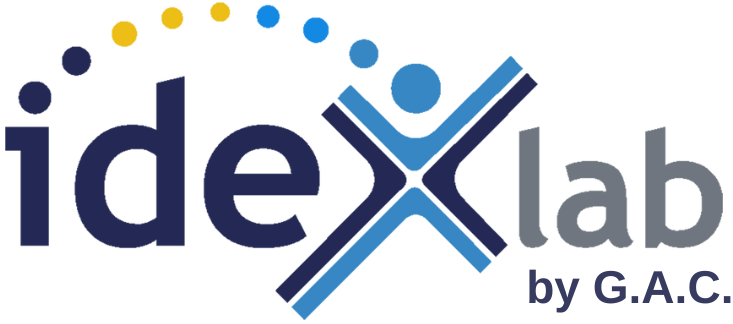Open Innovation and Knowledge Management: a successful combination
We have had the opportunity to develop elsewhere (1) the need, in open innovation approaches, to rely on external knowledge in order to find scientific and technological information and the experts associated with this information. This point of view is at the heart of the platform we have developed at ideXlab.
But before calling on external experts for an innovation project, it is important to check the company’s internal knowledge. This internal knowledge can be accessible through knowledge management systems, for the best organized and structured companies. This internal knowledge (technical studies, study of competing products, proof of concepts, prototypes) is essential for tackling a new research or development project. It can relate to studies with positive conclusions, as well as to failures which also provide information: we often tend to forget that even a failed experiment also contains relevant information which avoids making the same mistakes twice.
Connecting an open innovation tool to these internal knowledge management tools is therefore a powerful prerequisite for an open innovation approach. It allows to find interesting information but also – why not? – the internal experts behind these publications who are not always thought of. This is why we have developed interfaces that search for the company’s knowledge and present it in a homogeneous way with the knowledge external to the company. In contrast, it is then possible to identify whether the use of external expertise is relevant, and if so, to find the right external experts/partners.
In the other direction, open innovation projects are also expected to feed internal knowledge management tools. These projects are part of the company’s experience, even if they include an external dimension. Recording a state of the art carried out during a project, transcribing interviews with experts and the conclusions drawn from the project must be part of the company’s knowledge. We have therefore developed an interface in our platform that allows the results of open innovation projects to be exported effortlessly to internal knowledge management systems.
Thus, this two-way connectivity between the open innovation platform and internal knowledge management tools is a very powerful vector for improving innovation. It homogenises internal knowledge and external knowledge and makes it possible to give real meaning to open, effective and shared innovation within the company.
(1) Liévin Jean-Louis, Knowledge Management & Open Innovation, iKnow Volume 6 pp 17-20 (2016)





